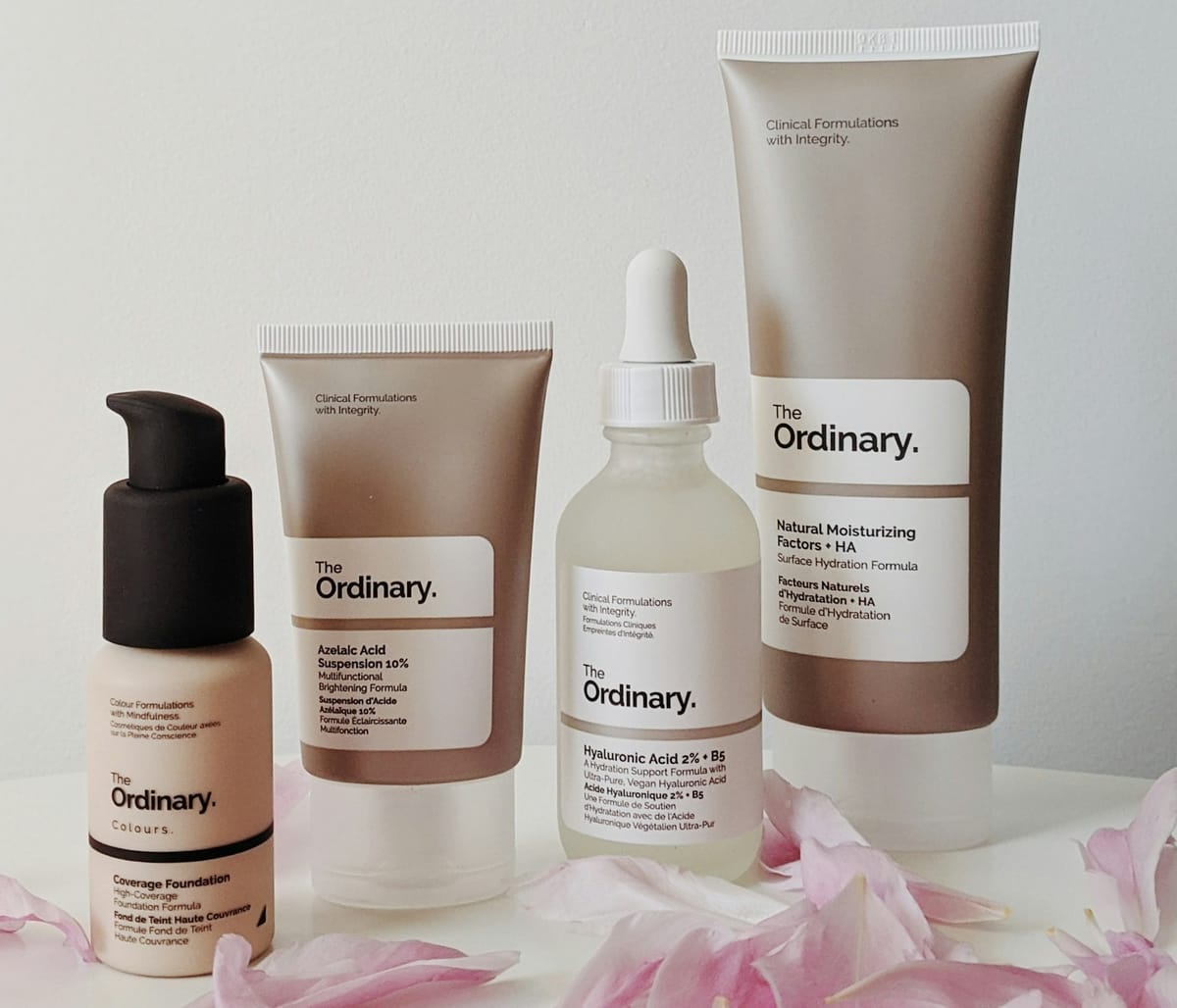Deep Dive: Croda (CRDA / CRDA.L): Part 1
Croda is an interesting business to understand because their business model helps explain some of the long-term disruptions happening in the beauty industry.

Croda is an interesting business to understand because their business model helps explain some of the long-term disruptions happening in the beauty industry.


CCC is the de facto platform powering claims management, estimation and valuation for the auto insurance and repair ecosystem.

What is my strike zone?

You don't need to bet on tech, oil and gas, and biotech, to have a 100 bagger.

HEICO is a serial acquirer of nice aerospace and electronic components businesses run by exceptional owner/operators.